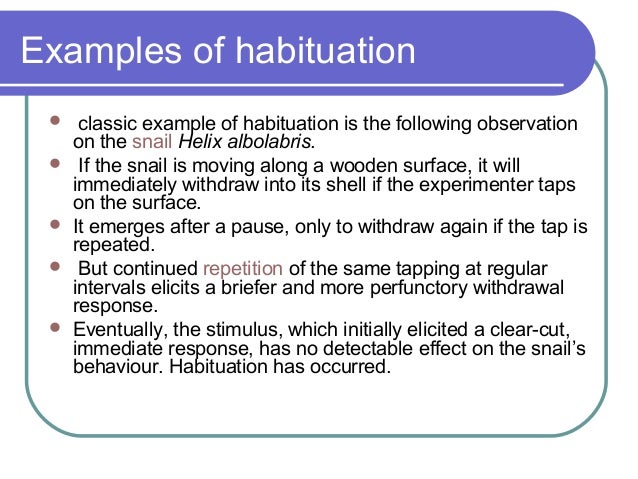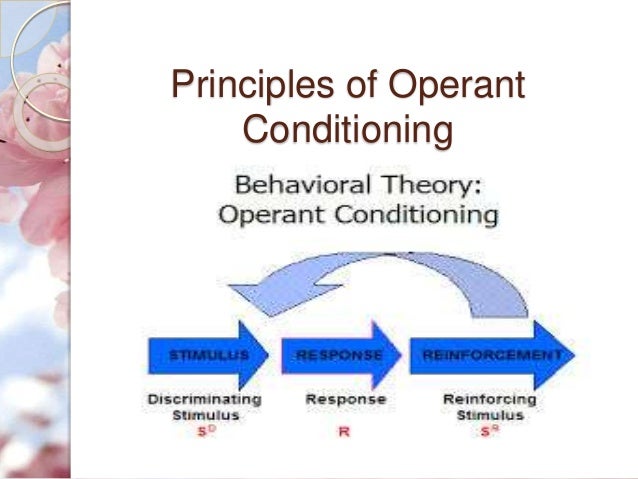Conditioning behavior in animals information
Home » Trend » Conditioning behavior in animals informationYour Conditioning behavior in animals images are ready in this website. Conditioning behavior in animals are a topic that is being searched for and liked by netizens now. You can Find and Download the Conditioning behavior in animals files here. Find and Download all free vectors.
If you’re searching for conditioning behavior in animals images information connected with to the conditioning behavior in animals topic, you have pay a visit to the ideal blog. Our site always gives you hints for seeking the maximum quality video and image content, please kindly surf and locate more informative video content and images that match your interests.
Conditioning Behavior In Animals. Conditioning in behavioral psychology is a theory that the reaction (response) to an object or event (stimulus) by a person or animal can be modified by �learning�, or conditioning. For example, rats in a “skinner box” might press a lever sticking out of the wall of the box; An animal can be rewarded or punished for engaging in certain behaviors, such as lever pressing (for rats) or key pecking (for pigeons). Trainers implement these basic tactics to train the animals to perform various behaviors.
 Animal behavior From slideshare.net
Animal behavior From slideshare.net
Also, trainers do not refer to behaviors as good or bad. In its simplest form (probably what actually happens under field conditions) an association is formed between an action and a reward. A skinner box, also known as an operant conditioning chamber, is a device used to objectively record an animal�s behavior in a compressed time frame. Finally, because skinner’s observations about operant conditioning relied on experiments with animals, he is criticized for extrapolating from his animal studies to make predictions about human behavior. As behavioral conditioning can be used with many animals, the proposed method provides a practical approach for using anticipatory behavior to assess animal well being in zoos. By encouraging behavior through positive reinforcement, trainers can effectively increase the frequency of desired behaviors.
In skinner operant conditioning theory, shaping means the process of applying the principles of operant conditioning to modify an organism’s behavior to.
Classical conditioning, also known as respondent conditioning, is a concept that was developed by the russian physiologist ivan pavlov while studying digestive processes in dogs. In practice, operant conditioning is the study of reversible behavior maintained by reinforcement schedules. Much of animal learning is captured by the conditioning paradigm. The study of animal learning in the laboratory has long been dominated by experiments on conditioning. Associative learning allows birds to efficiently find bugs under rocks and bees to find nectar in. Animals emit behaviors freely, called “operants”;
 Source: petanimalsezone.com
Source: petanimalsezone.com
Also, trainers do not refer to behaviors as good or bad. For example, rats in a “skinner box” might press a lever sticking out of the wall of the box; In practice, operant conditioning is the study of reversible behavior maintained by reinforcement schedules. Classical conditioning mechanisms also play an important role in the development of fears and anxiety. But often, these animals are not trained to consciously elicit unwanted responses.
 Source: slideshare.net
Source: slideshare.net
Also, trainers do not refer to behaviors as good or bad. We review empirical studies and theoretical approaches to two large classes of. In practice, operant conditioning is the study of reversible behavior maintained by reinforcement schedules. ( conditioning is another word for learning.) by pairing a new stimulus with a familiar one, an animal can be conditioned to respond to the new stimulus. Operant conditioning is the basic psychological tool used to train animals.
 Source: slideshare.net
Source: slideshare.net
( conditioning is another word for learning.) by pairing a new stimulus with a familiar one, an animal can be conditioned to respond to the new stimulus. Likewise, skinner believed that the environment shaped the behavior of animals and human beings. Conditioning in behavioral psychology is a theory that the reaction (response) to an object or event (stimulus) by a person or animal can be modified by �learning�, or conditioning. Skinner, who was influenced by the investigations of ivan pavlov,. Conditioning, or associative learning, is inferred if the animal’s behaviour changes in certain ways and if that change can be attributed to the temporal relationship between these events.
 Source: differencebetween.com
Source: differencebetween.com
Conditioning, or associative learning, is inferred if the animal’s behaviour changes in certain ways and if that change can be attributed to the temporal relationship between these events. Also, trainers do not refer to behaviors as good or bad. In classical conditioning, behavior towards an arbitrary stimulus changes when that stimulus predicts that an important stimulus will occur. Operant conditioning is the basic psychological tool used to train animals. A reinforcer is anything that increases the probability of a response when it follows the response (examples.
 Source: slideshare.net
Source: slideshare.net
In skinner operant conditioning theory, shaping means the process of applying the principles of operant conditioning to modify an organism’s behavior to. Likewise, skinner believed that the environment shaped the behavior of animals and human beings. In operant conditioning, the likelihood of a behavior is increased or. Much of animal learning is captured by the conditioning paradigm. Skinner, who was influenced by the investigations of ivan pavlov,.
This site is an open community for users to share their favorite wallpapers on the internet, all images or pictures in this website are for personal wallpaper use only, it is stricly prohibited to use this wallpaper for commercial purposes, if you are the author and find this image is shared without your permission, please kindly raise a DMCA report to Us.
If you find this site serviceableness, please support us by sharing this posts to your own social media accounts like Facebook, Instagram and so on or you can also bookmark this blog page with the title conditioning behavior in animals by using Ctrl + D for devices a laptop with a Windows operating system or Command + D for laptops with an Apple operating system. If you use a smartphone, you can also use the drawer menu of the browser you are using. Whether it’s a Windows, Mac, iOS or Android operating system, you will still be able to bookmark this website.
Category
Related By Category
- Anime like cowboy bebop information
- Best anime gifs information
- Do animals cry information
- Arc animal rescue information
- Anime thriller genre information
- Dyson v7 animal black friday information
- Copyright free cartoon animal images information
- Fantastic four the animated series episodes information
- Dyson v11 animal black friday 2019 information
- Coniferous forest animals information